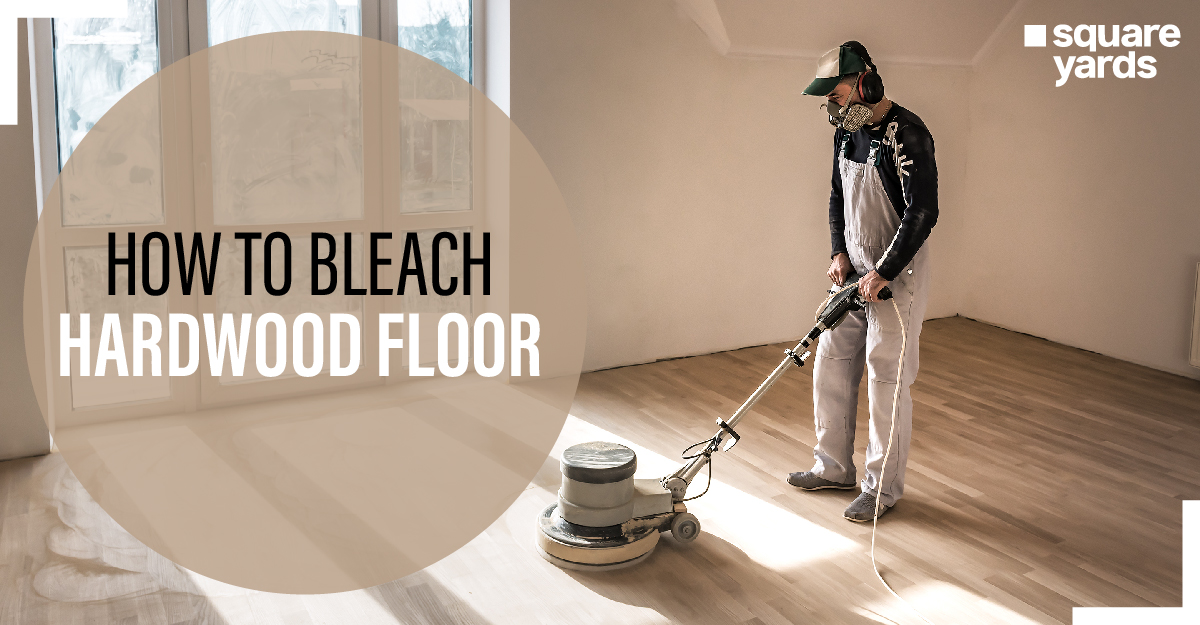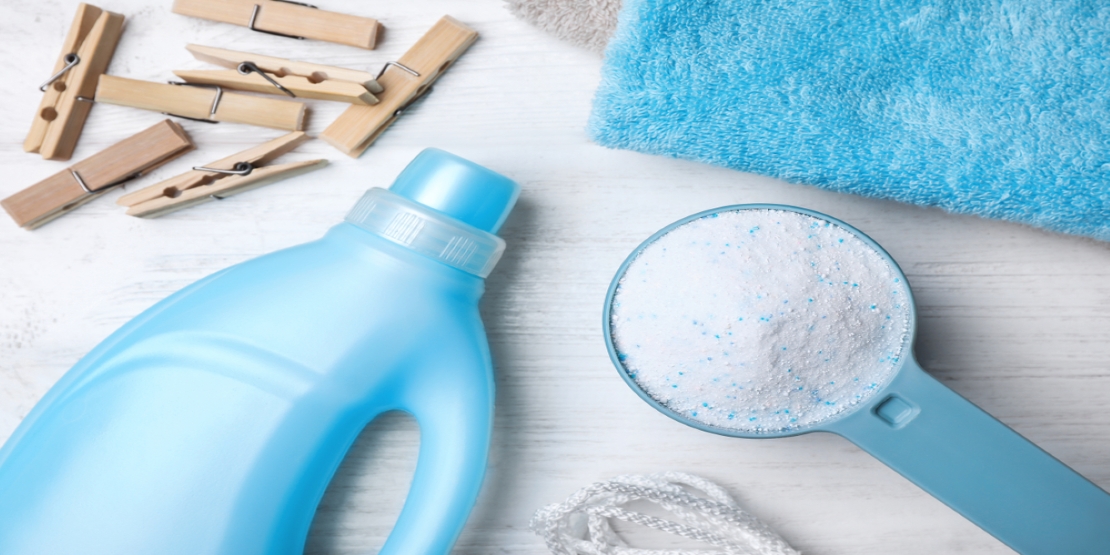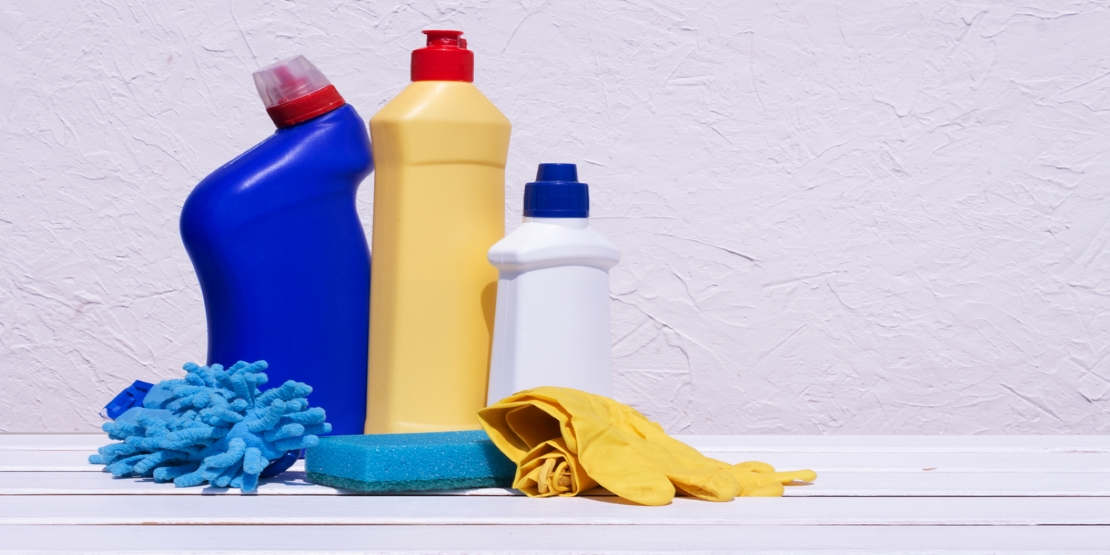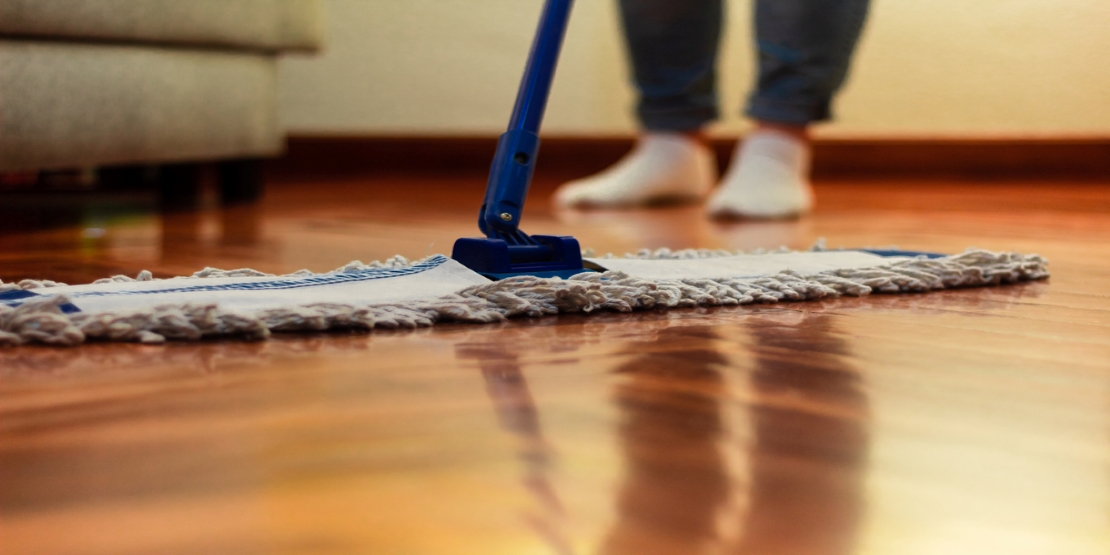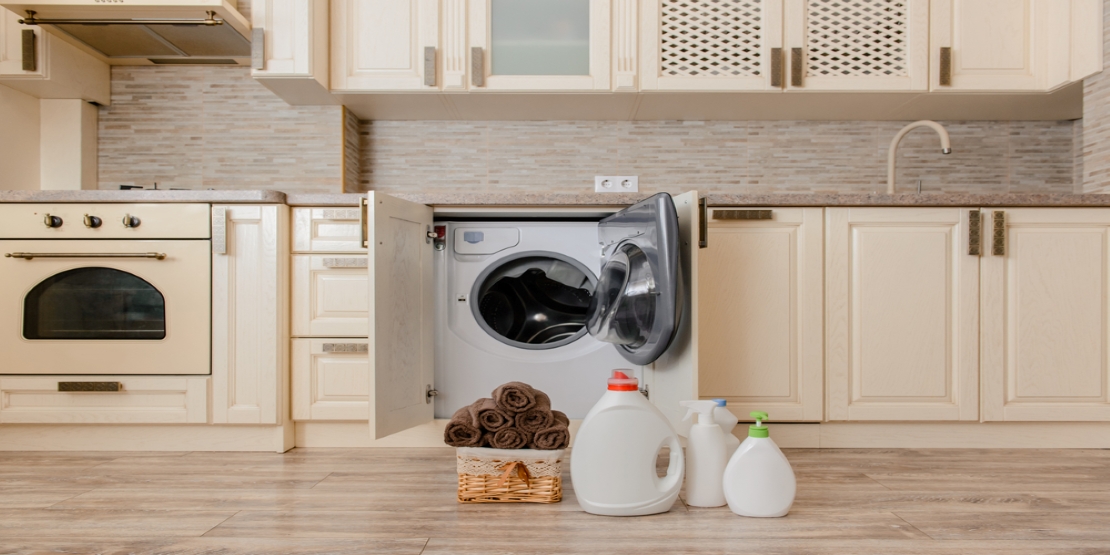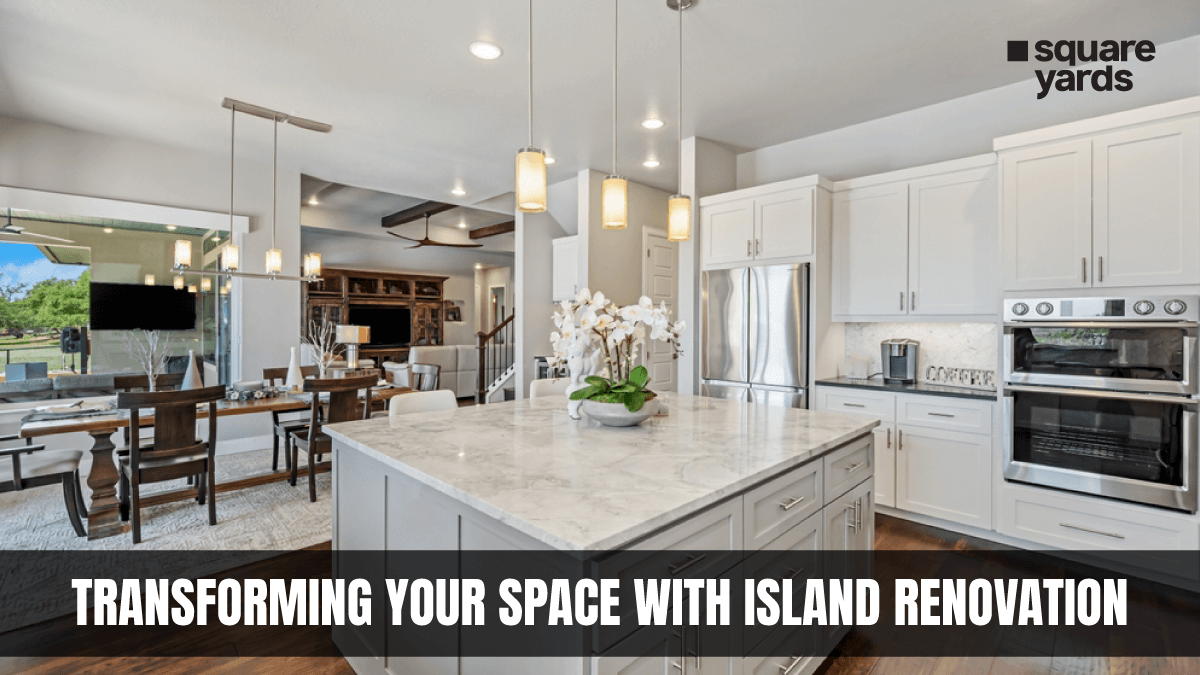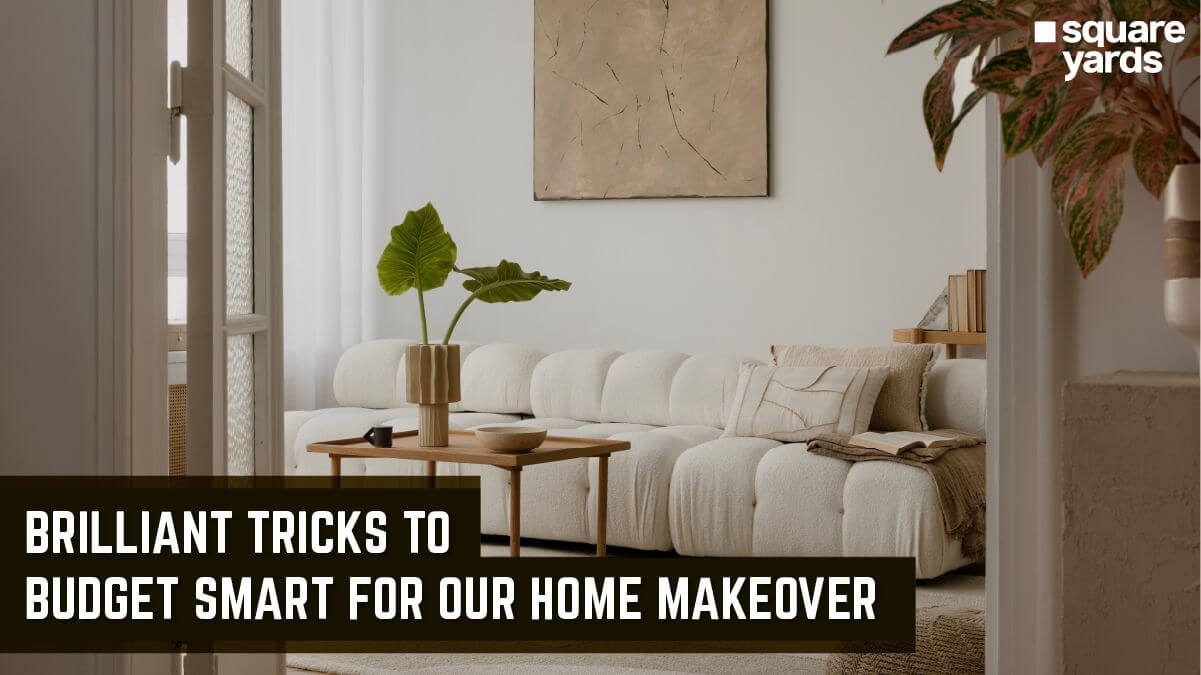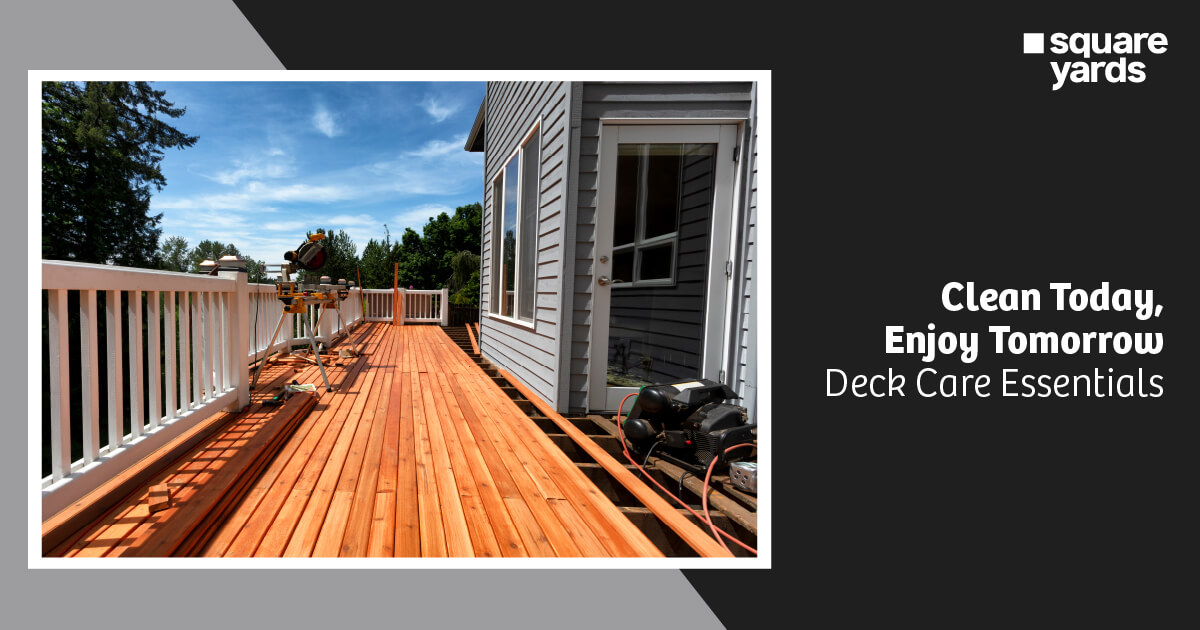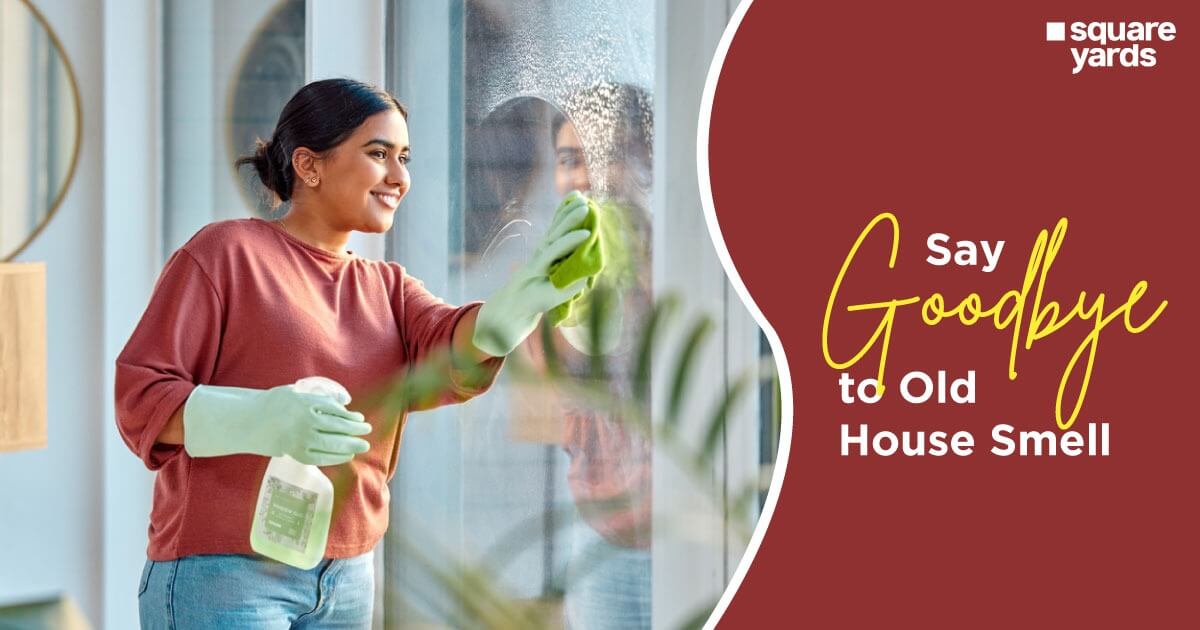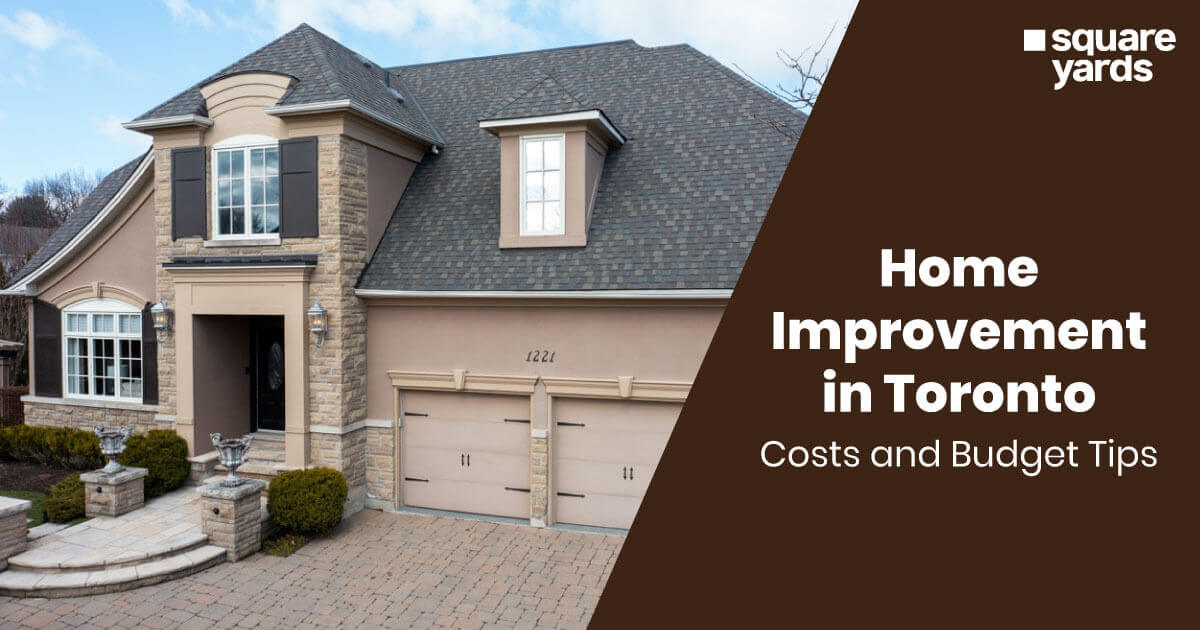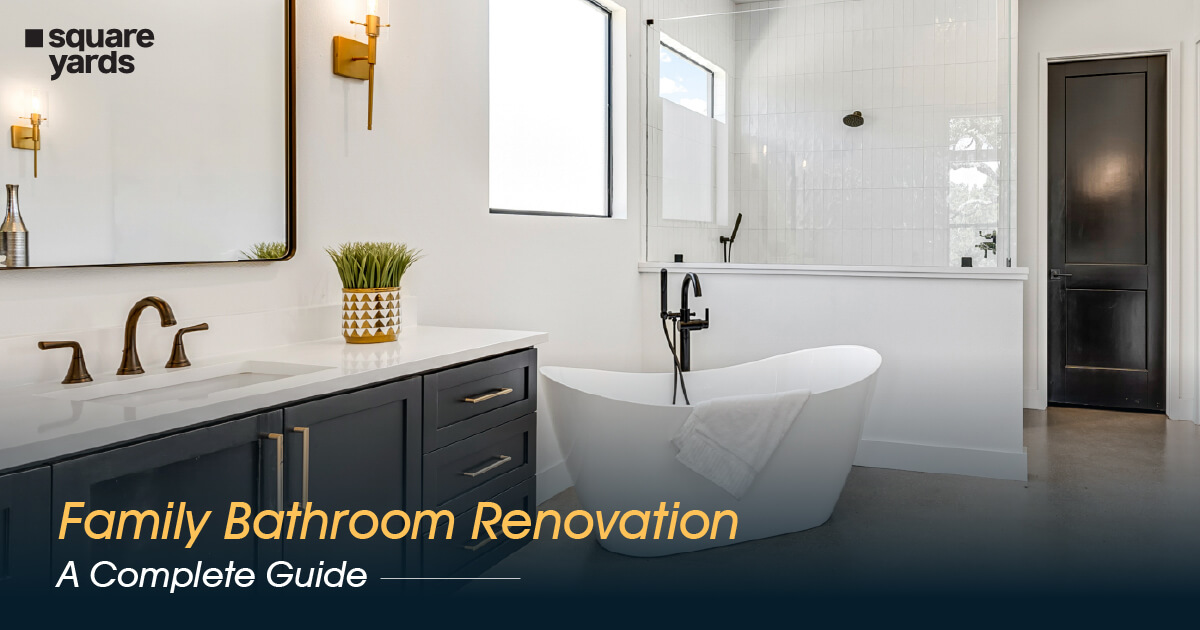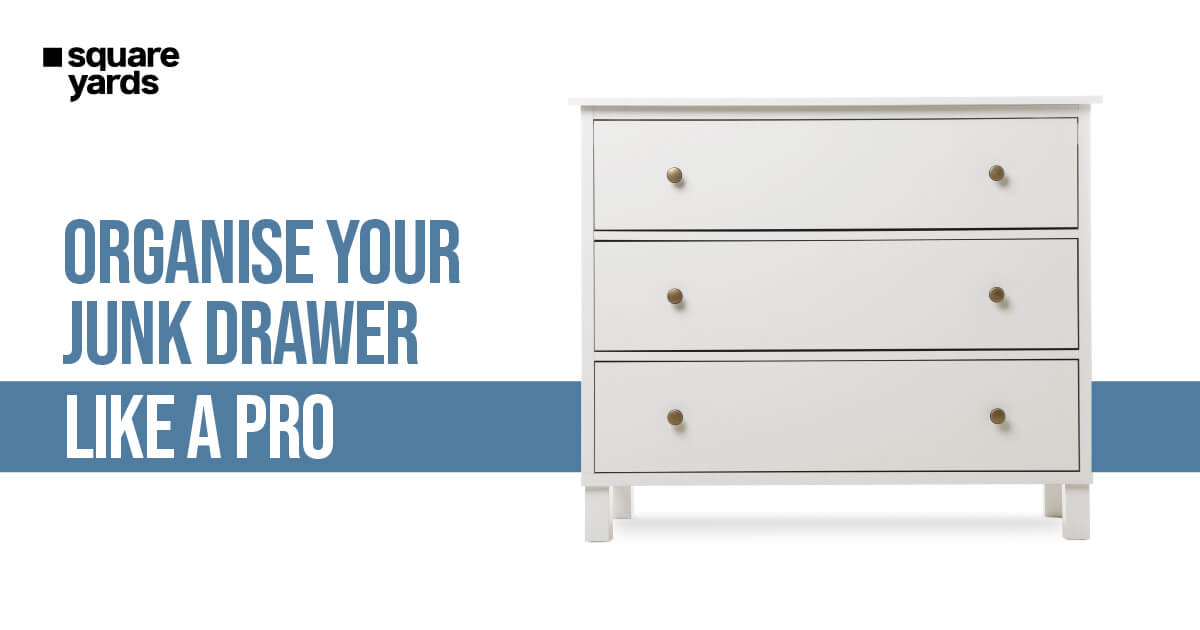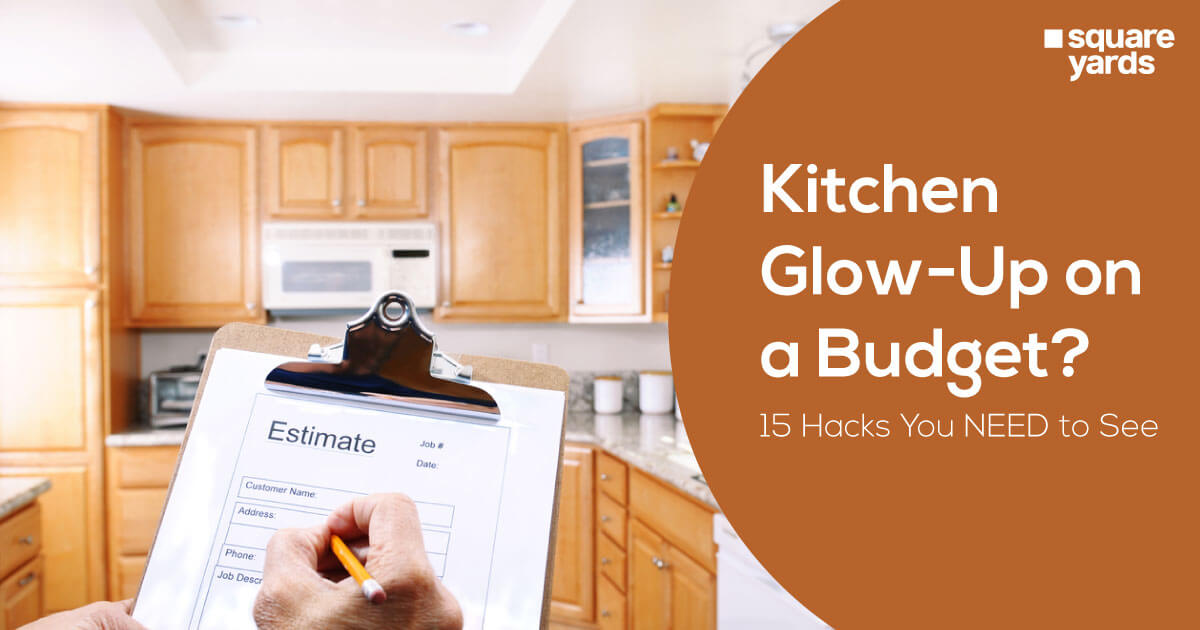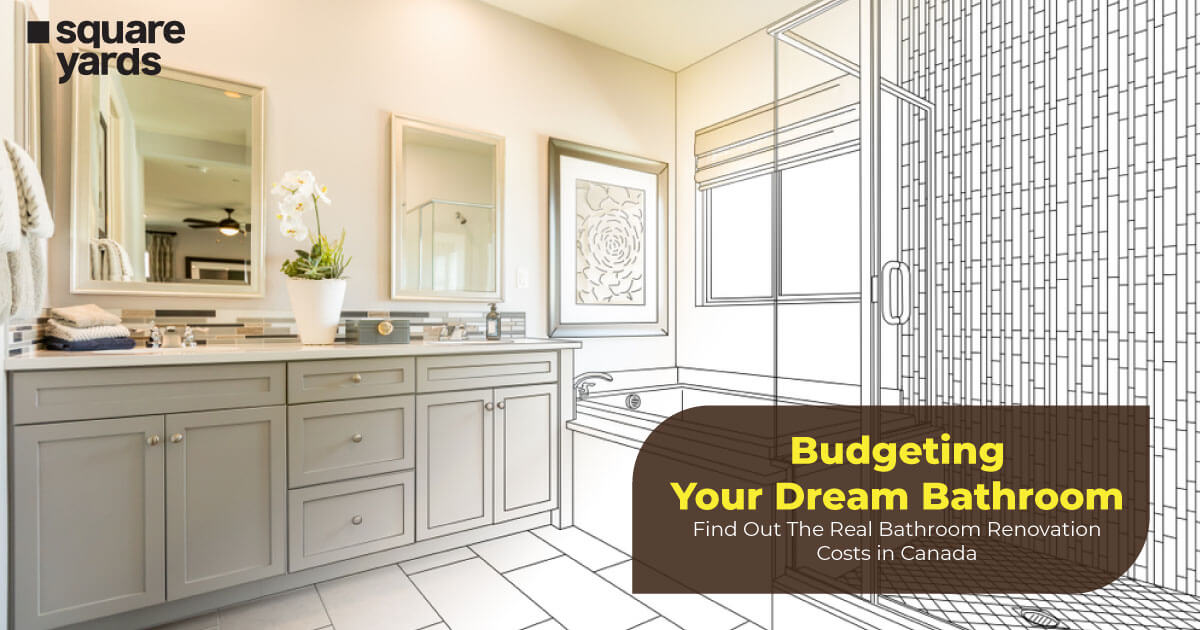Wood flooring is an exquisite and stunning addition to any house, boosting residual value. And they offer warmth and richness that other floor coverings can only hope to match. Sometimes your hardwood flooring can get discolored due to accidental spills and stains. In this instance, homeowners will lighten their floors to facilitate special finishes. Bleaching is a method that comes into play here. This blog emphasizes how to bleach hardwood floors, including what kind of bleach to use and how to get the job done correctly.
Types of Wooden bleach
Chlorine, “two-part” (peroxide), and oxalic acid are the three different types of bleach that can be used on the hardwood floors. Let’s discuss each type in detail.
- Chlorine: It’s a strong oxidant used in several household bleaches. It will also eliminate colours and several natural spots, like coffee, plasma, fruit juices, and other foodstuffs. Choose swimming pool chlorine (Calcium Hypochlorite) for a more robust chlorine-based treatment. Purchase swimming pool chlorine at any local store or swimming pool supply shop. This is the best remedy for your home and quickly gets bleach on the hardwood floor.
- Two-part bleaches: While chlorine bleach combats many inks, dyes and stains, it doesn’t significantly alter the wood color. However, to change the color of the wood, use two-part bleach.
The two-part bleach combines sodium hydroxide (caustic soda) and hydrogen peroxide. Together, they form a chemical reaction which creates bleaching agents. The chemical will lighten the color of the staining and alters the wood. Look for this cleaning agent in any hardware or home improvement store. - Oxalic Acid: Without a doubt, nobody beats oxalic acid, the perfect agent for removing iron and rusty spots. It also eliminates liquid streaks, which are caused by the iron moisture content, as well as some black metal dyes. Moreover, it is ineffective versus carbon-based India Ink. Generally, it is available in a crystalline state from chemists, retail, and other stores. For optimum performance, use purified oxalic acid.
Commonly Required Tools and Materials
It is vital to use proper equipment before starting any work. For bleaching hardwood floors, standard tools and materials are essential:
-
Tools
A list of tools required for bleaching a wooden floor is listed below:
– Waterproof gloves
– Eyeglasses
– Dusting mask
– Bucket: Plastic or light steel
– Brushes
– Vacuum tube
– Random orbital sander
– Different types of sticks for wood paint
-
Materials
A list of materials required for bleaching a wooden floor is listed below:
– Oxalic acid
– Clean water supply
– Good quality sandpaper disc
How to Bleach Hardwood Floors?
To Bleach hardwood floors, follow some of the guidelines mentioned below:
- While using chlorine chemicals, use the precise amount of fluid because a large quantity can discolour the paint on the floor.
- While polishing small hardwood floors, it is mandatory to use safety equipment such as eyeglasses, gloves, and protective clothing to avoid any misshapes
- Always wear a protected shield mask when stepping into hazardous places like polishing heavy machine equipment.
- Before applying chemicals directly to the following, the discolouring process must always be performed in a dust-free, well-ventilated environment.
- While bleaching on hardwood floors, keeping a bucket full of water and a cloth nearby is essential to protect your skin from toxic spots or chlorine.
- When working in a large area, it is compulsory to wear thick rubber gloves with capped wrists to prevent water from dripping. A waterproofing apron and dark sunglasses must be used while working with chemicals such as sodium chloride and hydrochloric acid.
- Always label the remaining parts that are not in use while polishing because this will help keep everything organised and in check.
- Keep all colouring chemicals out of the reach of children and pets. Make sure to store them in cool and dry places.
How to Neutralise Bleach for Wooden Floors?
If you’re fortunate enough, you will be able to identify what caused the spot and try to remove it through bleaching. Choosing a proper disinfectant is vital for the removal process. However, if your hardwood is already polished, you’ll need to remove it before neutralising the bleaching. Below some of the suggestions are listed to neutralise bleach for wooden floors:
- The Lacquer thinner chemical is diffused with lacquer finishes to remove spots, especially for hardwood floors. On the other hand, denatured alcohol reduces shellac. Shellac is a warm-toned wood finisher that can be applied with a sponge, paintbrush, or spray.
- To polish a large area, use a large paintbrush or rough cloth to wipe across the surface. Moreover, you can use heavy instruments like a floor polisher machine, plastic spatula or a wood scraper.
- In a small bucket, combine a solution of washing soda with water, also known as sal soda. Follow the guidelines mentioned in the package; however, before applying the chemical to remove hardwood stain, it is essential to eliminate the peeling solvents and other pollutants.
- Get the disinfectant of your preference as explained above, and use a full and half mixture of washing detergent and hot water and saturate the solvent.
- For best use, start with around eight grit of oxalic acid crystalline mixed with two quarts of boiling water to make oxalic acid. Gradually add stones till the liquid is filled and no more can be added. Observe the package directions for two different disinfects and mix both parts as needed.
- To use chlorine agent, avoid mixing organic brushes with metal elements because when it reacts with metals, it will create metal chloride. However, minimum exposures will cause eye and skin irritation. On the other hand, Higher exposures will result in serious chemical burns.
- While checking the wooden colour, always wait 20 to 30 minutes because it is directed by two different chlorine solutions. Moreover, wipe up the excess chlorine whenever the colour fits your requirements so that no one in the future touches it.
- To remove any remaining chlorine, wash the surface with filtered water because the metal in normal water causes water spots.
- To neutralise the oxidation process caused by the damaged area, use a mixture of hot water and white peroxide for chloride or two-part bleaches. Moreover, mixing two teaspoons of baking soda with quarts of liquid is required to make strong acids.
- Let the hardwood dry completely, at least for 24 hours. After that, polish the wood chips again with 120-grit sand to flatten them out and bleach. Finally, apply a thin layer of varnish to the woodwork and sandpaper. The chemical, Lacquer tightens the timber and makes polishing easier.
Winding Up
In some cases, the stain or colour may not lift. Feel free to try as many successive bleach treatments as possible, although you will have to settle with what you can achieve at some point. You can also consider techniques other than bleaching if the results aren’t as desired as preferred.
You May Also Read
Frequently Asked Questions
Does vinegar work on hardwood floors?
Vinegar refers to an acidic chemical that can be used in cooking or damage a wooden basement's polish over a period. If vinegar is combined with hot water, the reaction is catalysed. Foggy, drab, or white patches will appear on your flooring.
Can you use bleach on hardwood floors?
Clorox regular chemical is used to clean hard floors such as tiles, plastic and flooring, but not marbles or other porous areas which aren't bleach-safe. Because wood is fragile, we advise bleach just outside polished wood areas rather than inside wooden floors.
What do professionals use to perform polish on bleach hardwood floors?
You can cleanse your hardwood with a professional wood cleaner like bona or a murphy oil solution, but you must follow the company's directions. Make your cleaning mixture by combining one component of vinegar with ten pieces of warm water. Also, add a few drops of Castile soap to the solution.
How can you clean the bleach on hardwood floors?
You can bleach hardwood floors by taking a piece of cloth and cutting it from its tips. Before starting, make sure the floor is protected with a coating. Once that is confirmed, choose a rigid stick primarily meant for floor cleaning. Spray the cleaner on the floors and wipe in the correct direction to clean all spots and marks.

